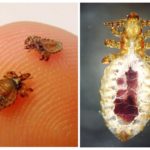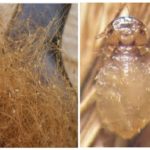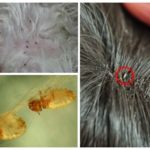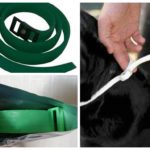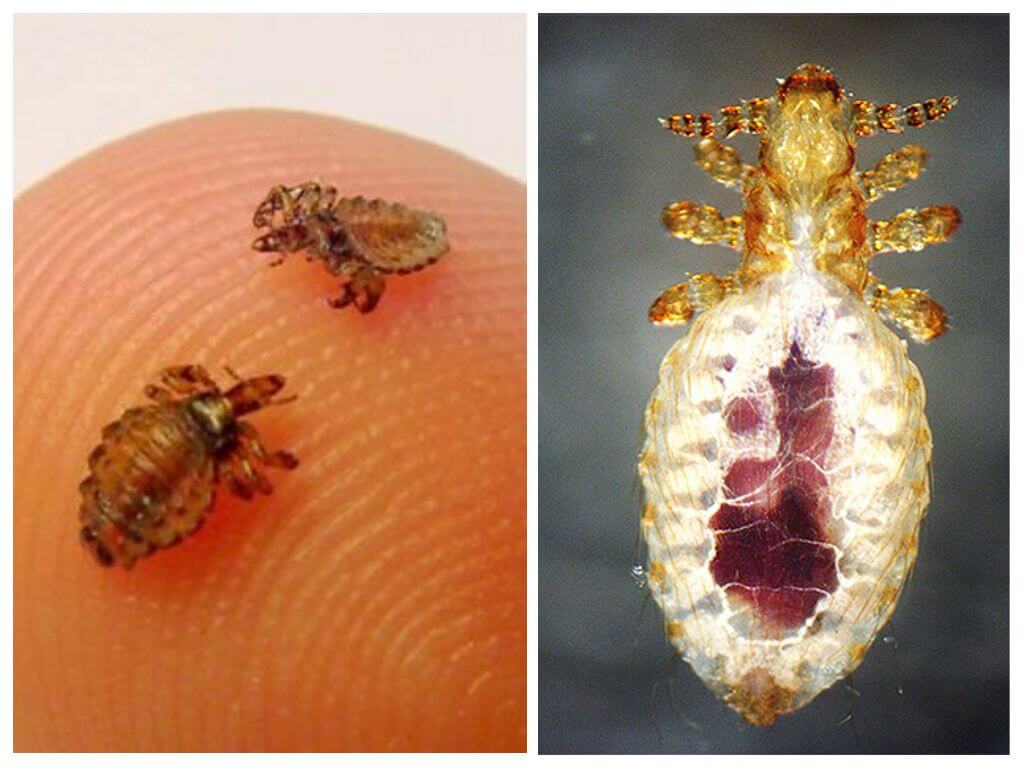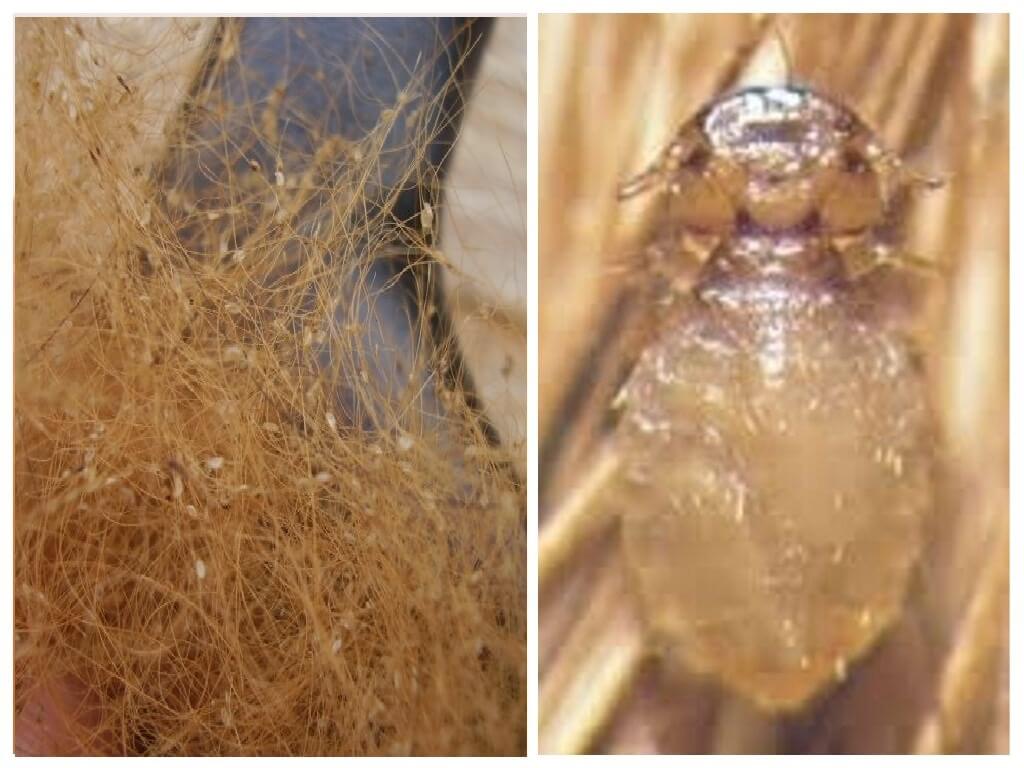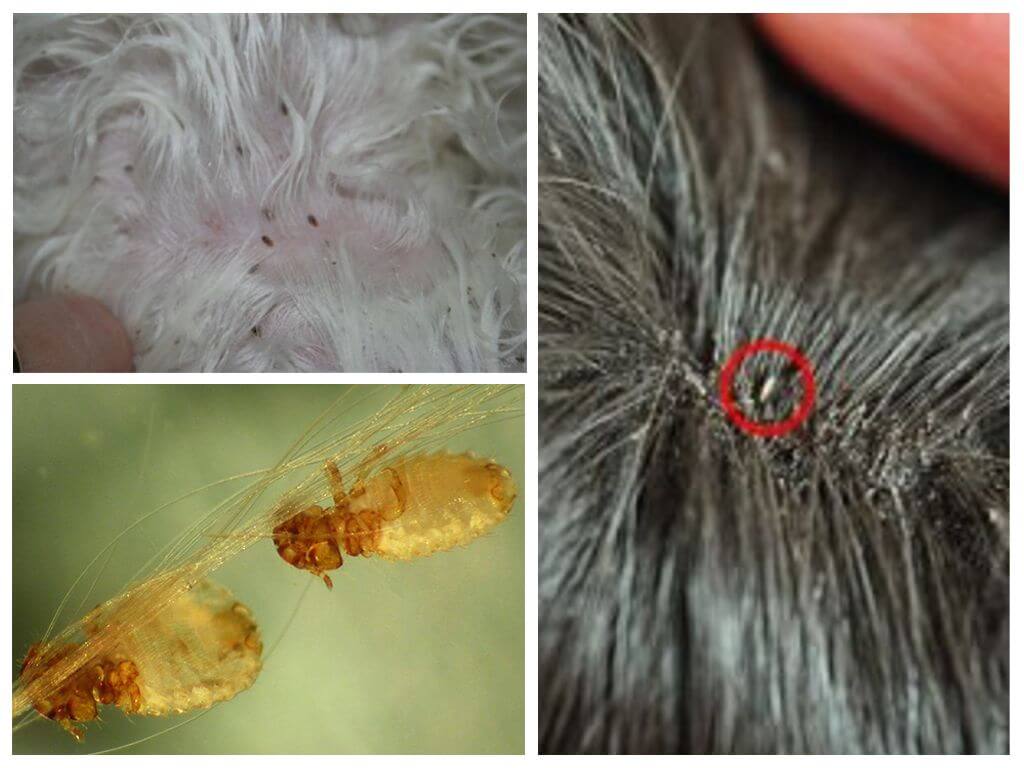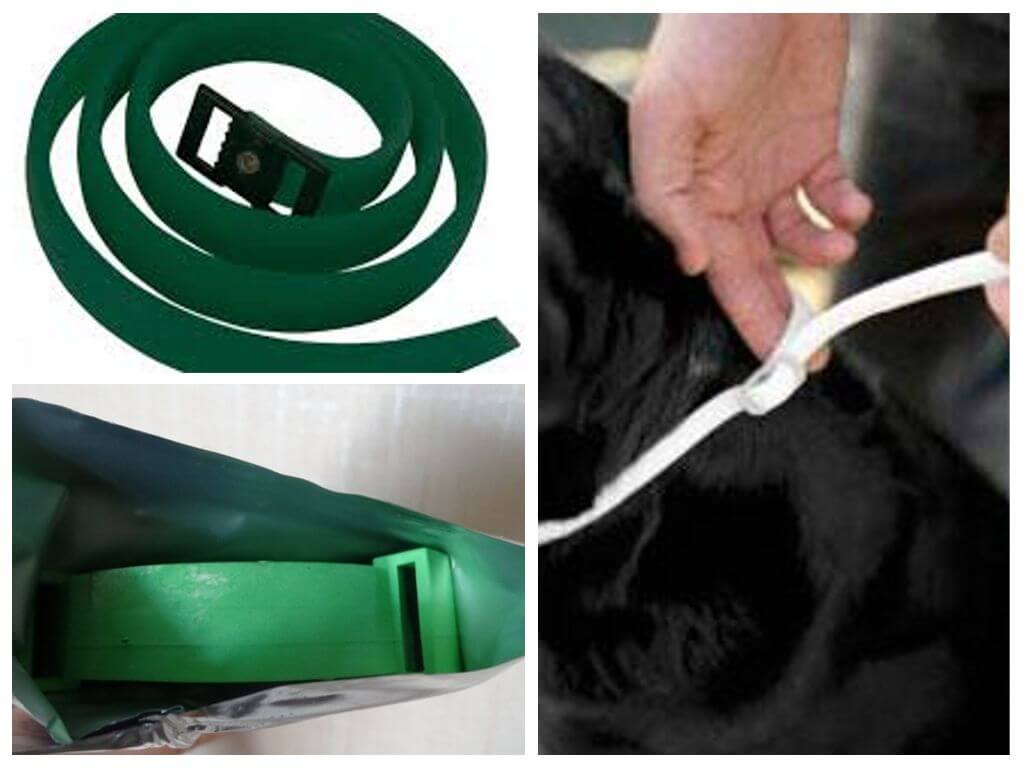Dog lice symptoms and treatment
Content
- Dog lice
- Dog lice
- Dog lice
- Collars
Many have heard only about such parasites as fleas, but there is another problem that often affects our pets - dog lice. They are of several types: dog louse and dog eater. Outwardly, both species are very similar to each other, but different in the type of harmful effects, they cause anxiety, scratching and exhaustion, and lashing in turn is the cause of hair loss, constant itching and dermatitis, a vector of helminths.
It is very easy to confuse parasites, but despite this, the methods of fighting are about the same, so this is not particularly dangerous. The most important thing is to identify the problem on time and address it before the insects cause more serious consequences.
Symptoms and ways of infection
Many wonder whether there are lice in dogs, knowing only about such a problem as fleas. Identifying lice in dogs is quite simple, as they cause a pet's anxiety:
- itching occurs, causing the animal to itch often;
- dermatitis and scratching observed on the skin;
- the presence of a problem affects the psychological state of the dog, because during parasitism the dog does not sleep, is in a depressed state;
- the pet's wool dims and sticks into the mats.
Experiencing constant itching, the dog tries to scratch the surrounding objects. As a result, the skin is covered with abrasions, scratches and inflamed. With a large accumulation of parasitic individuals, other symptoms may occur: an allergic reaction, anemia and exhaustion. In puppies, such a reaction can be observed at the initial stage.As a result, dogs develop eczema, neurodermatitis, or dermatitis.
It is possible to identify lice in dogs upon examination, white grains are attached to the wool, that is, parasite eggs, and adult individuals are also observed. Lice are localized and dog eaters in the area where the wool gets tangled, and also at the tips of the ears. Dogs can act as a carrier, in which case the only symptom will be seborrhea.
Infection of an animal occurs as a result of contact with an already infected dog - this is the main way. Also, the household path is not excluded, that is, due to the contact of the pet with objects. Often lice eggs are brought into the house by the owner on shoes or clothes. If the mother is infected, the puppies acquire this problem immediately after their birth.
On a note!
Parasites most often appear in the cold season, although infection can occur in other periods. Among the provoking factors there is a poor pet food, poor hygiene, conditions in which the dog lives. Age animals are most susceptible to infection.
The appearance of parasites
Dog lice are quite small and differ in yellow-gray color.Vlasoyed and lice have the same size, so the chance to take one for the other increases significantly. You can distinguish them by the way of feeding, lice feed on blood and lymph, but the eater prefers dog fluff and skin scales. The louse has an elongated narrow body, the head is also elongated. In order to have a better understanding of these parasites, it is better to look at photos of lice in dogs.
Lice are the reason why mats appear. This is due to the fact that the parasites secrete a sticky secret, because of which the wool sticks together. This symptom is usually observed with a large number of lice.
On a note!
It is much easier to see a louse on an animal whose coat is dark in color. Adult individuals and their eggs on a dark background, having a light color, stand out strongly.
Below are photos of infected pets.
Can dog lice go to man
Many are interested in the question of whether the lice from the dog go to the person. Such insects are not transmitted to humans, despite the fact of infection of the pet. Dog lice are parasitic only on dogs and do not transfer to warm-blooded animals of other species.Even with close dog contact with a person or with a cat, lice do not run across.
In order to protect your pet from infection:
- it is necessary to protect him from contact with stray representatives of his species;
- the best option would be to purchase a special anti flea collar for dogs;
- From time to time it is necessary to conduct an inspection of your pet in order to identify the problem in time and take appropriate measures.
If you find signs of pediculosis, you should immediately get rid of blood suckers.
How to infer parasites
Treatment of lice in dogs is a simple procedure, if you know what to use for this. Since lashing lice and dog lice, unlike fleas, do not live outside their feeding area, they do not run away during the baiting and immediately die. Lice can be removed at home with certain drugs that help fight insects.
Use special drop
Antiparasitic drops are applied to the withers of the animal. Used for all ages and breeds of dogs. After applying a drop on the withers near the neck, they need to be well rubbed into the skin. Thus, the remedy is distributed throughout the body,accumulates in the upper layer of the epidermis and kills blood-sucking insects. But, despite the effectiveness and versatility, it can cause an allergic reaction.
Insecticidal spray
Treat animal can be a special spray. Its use is rarely the cause of allergies. But the principle of use is somewhat complicated. This is due to the fact that the spray need to process all the wool, after which the tool must be maintained for effectiveness for several hours. Then the drug should be well washed off.
Antiparasitic shampoos
The most convenient way to get rid of bothering insects is to use shampoos. They can also be used as a method of prevention. For large dogs, the use of shampoos is not the most convenient means, so they are used for small or decorative breeds. Shampoos are the best method to get rid of puppy lice.
Parasite collars
Special collars - universal method of getting rid of not only lice, but also from fleas. But, despite the convenience and efficiency, protective accessories can cause an allergic reaction or damage to the skin of the skin.They are also excellent prevention.
In order to finally cure pediculosis in a dog, after 7-10 days, a second treatment is carried out in order to destroy the younger generation that has emerged from nits.

